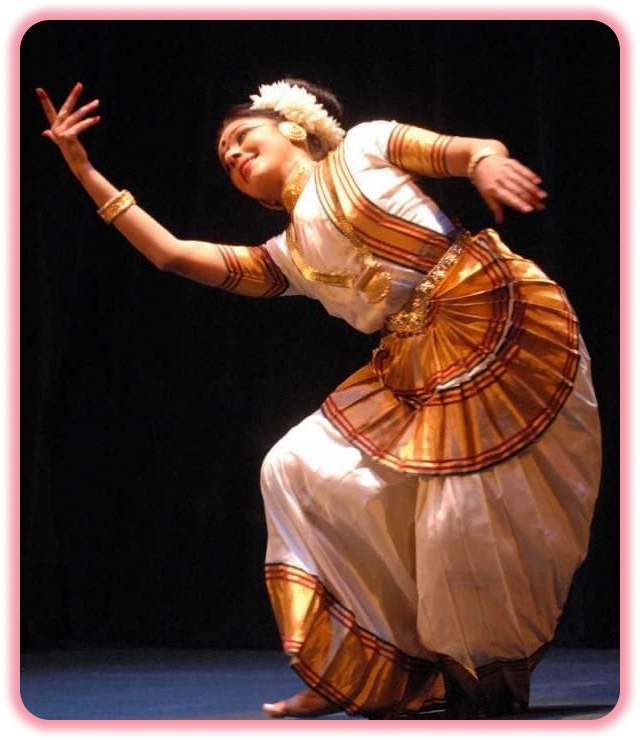
INDIAN CLASSICAL DANCES
Indian classical dances are traditionally performed as an expressive drama-dance form of religious performance art, related to Vaishnavism, Shaivism, Shaktism, pan-Hindu Epics and the Vedic literature that includes story-telling from Sanskrit or regional language plays.

Why Kathak ?
Kathak (Devanagari: कथक) is one of the eight major forms of Indian classical dance. Its origin is attributed to the traveling bards in ancient northern India known as Kathakar ("storyteller"), who communicated stories from the Hindu epics and mythology through dance, songs and music. Its name derives from the Sanskrit word katha which means "story", and kathakar which means "the one who tells a story", or "to do with stories”.


Why Odissi ?
Odishi (Odia: ଓଡ଼ିଶୀ), also referred to as Orissi in old literature, is a major ancient Indian classical dance that originated in the temples of Odisha – an eastern coastal state of India. Odissi, in its history, was performed predominantly by women, and expressed religious stories and spiritual ideas, particularly of Vaishnavism through songs written and composed according to the ragas & talas of Odissi music by ancient poets of the state. Odissi performances have also expressed ideas of other traditions such as those related to Hindu deities Shiva and Surya, as well as Hindu goddesses (Shaktism).


Why Kuchipudi ?
Kuchipudi (Telugu: కూచిపూడి నృత్యం) is one of the eight major Indian classical dances. It originates from a village named Kuchipudi in the Indian state of Andhra Pradesh. Kuchipudi is a dance-drama performance, with its roots in the ancient Hindu Sanskrit text of Natya Shastra. It developed as a religious art linked to traveling bards, temples and spiritual beliefs, like all major classical dances of India.


Why Kathakali ?
Kathakali ( Kathakaḷi Malayalam: കഥകളി ) is a traditional form of classical Indian dance, and one of the most complex forms of Indian theatre. It is a "story play" genre of art, but one distinguished by the elaborately colourful make-up and costumes of the traditional male actor-dancers. It is native to the Malayalam-speaking southwestern region of Kerala and is almost entirely practiced by Malayali people.


Why Sattriya ?
Sattriya (Assamese: সত্ৰীয়া), or Sattriya Nritya, is a major Indian classical dance. It was initially created as part of Bhaona which are performances of Ankiya Nat, one-act plays, originally created by Sankardev, a 15th-16th century polymath from Assam. These dances are part of the living traditions today of Sattra, which are communities of live-in devotees belonging to the Ekasarana Dharma, a Hindu sect established by Sankardev.



